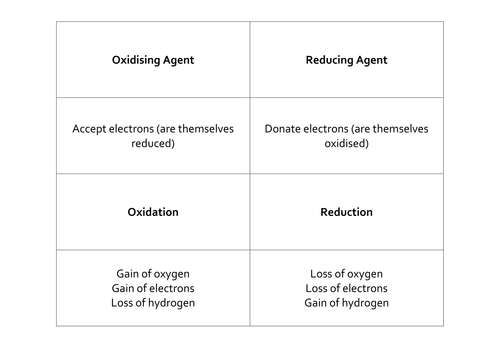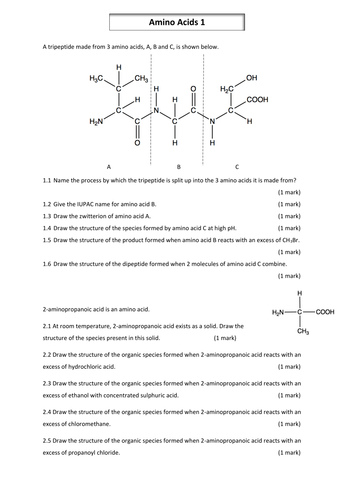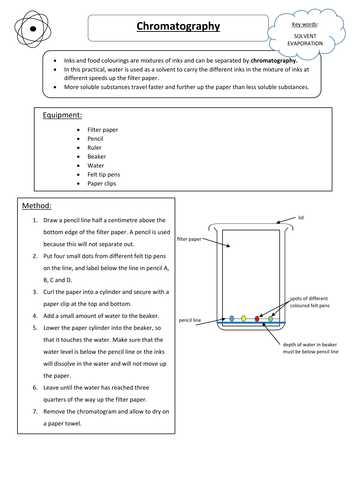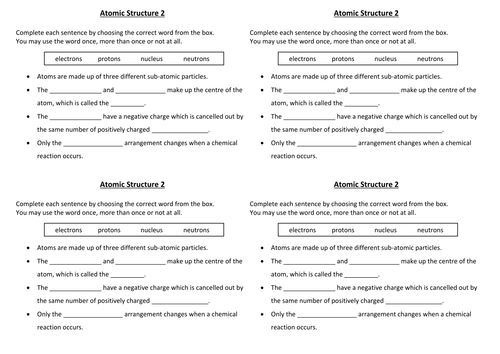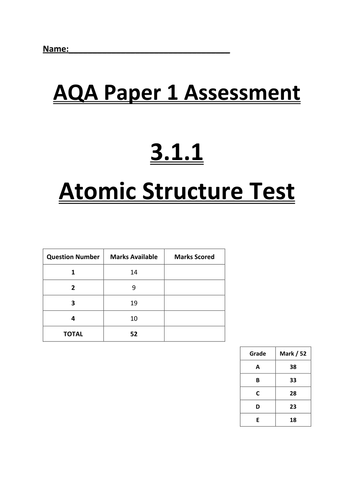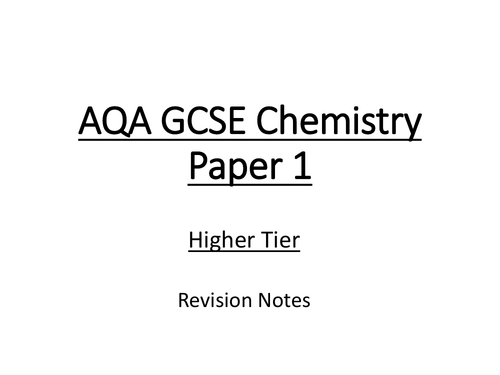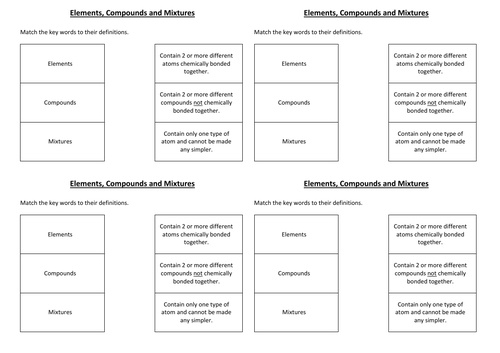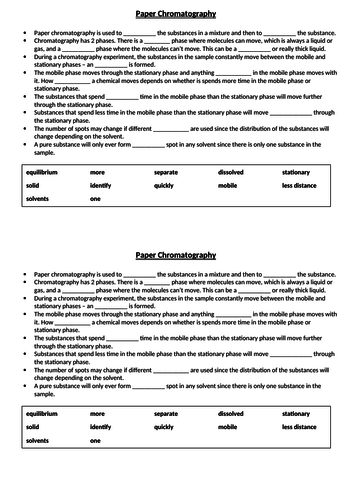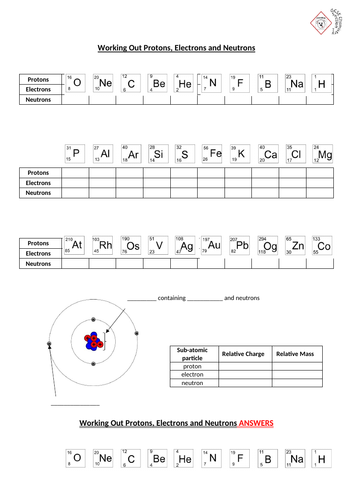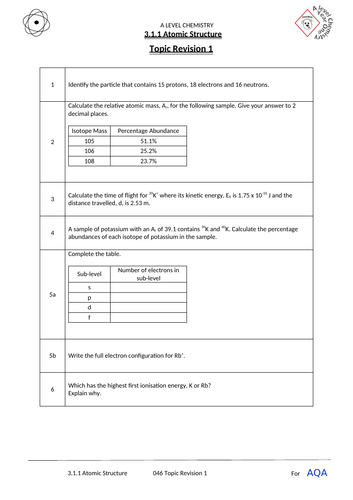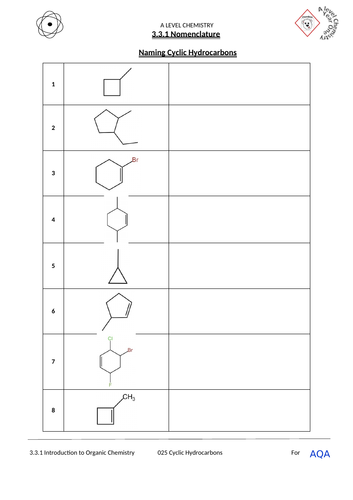ChemBear
I am a GCSE and A-level Chemistry specialist teacher in a 14-18 school with 15 years teaching experience and several years research experience. I provide GCSE, AS and A2 Chemistry resources (mainly for the AQA specifications) to help students practice the concepts learned in lessons and I am a firm believer in 'Practice makes perfect'. I strive wherever possible to include the answers to the worksheets.




